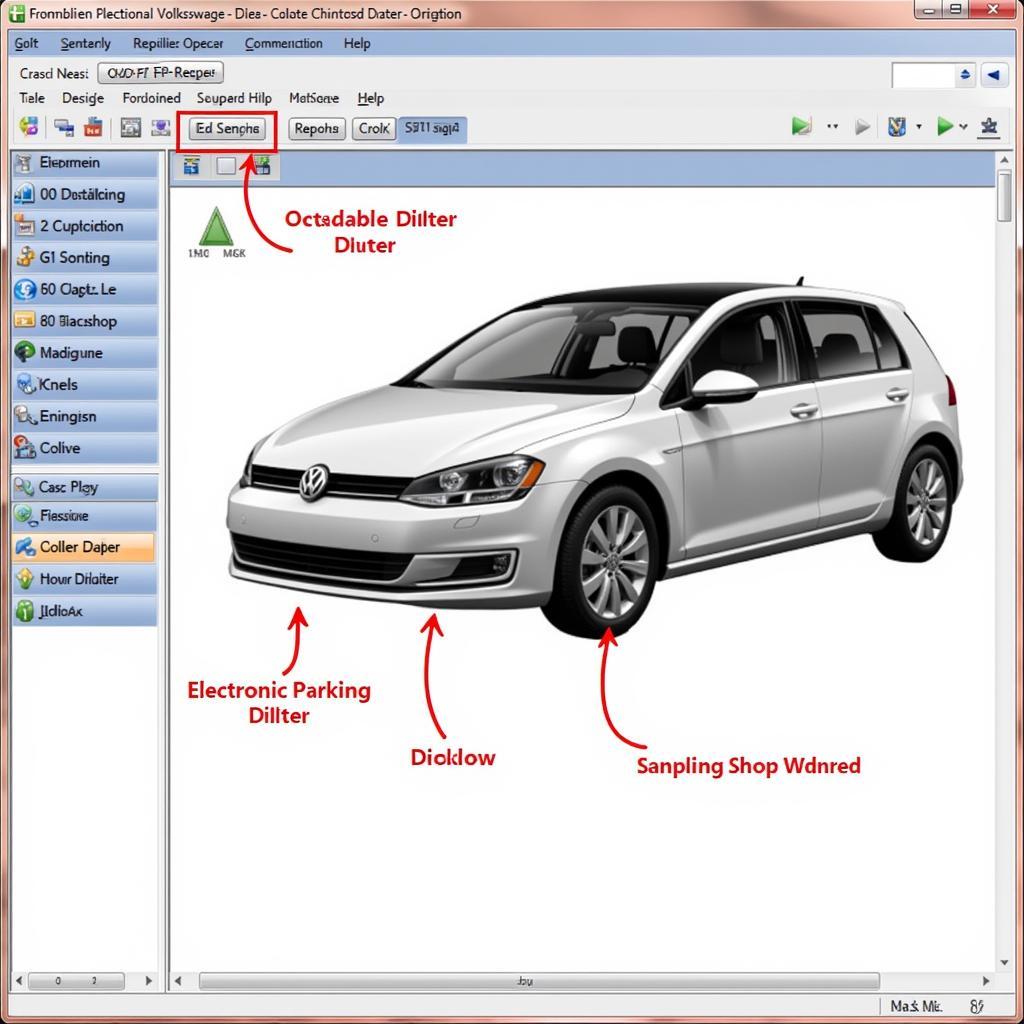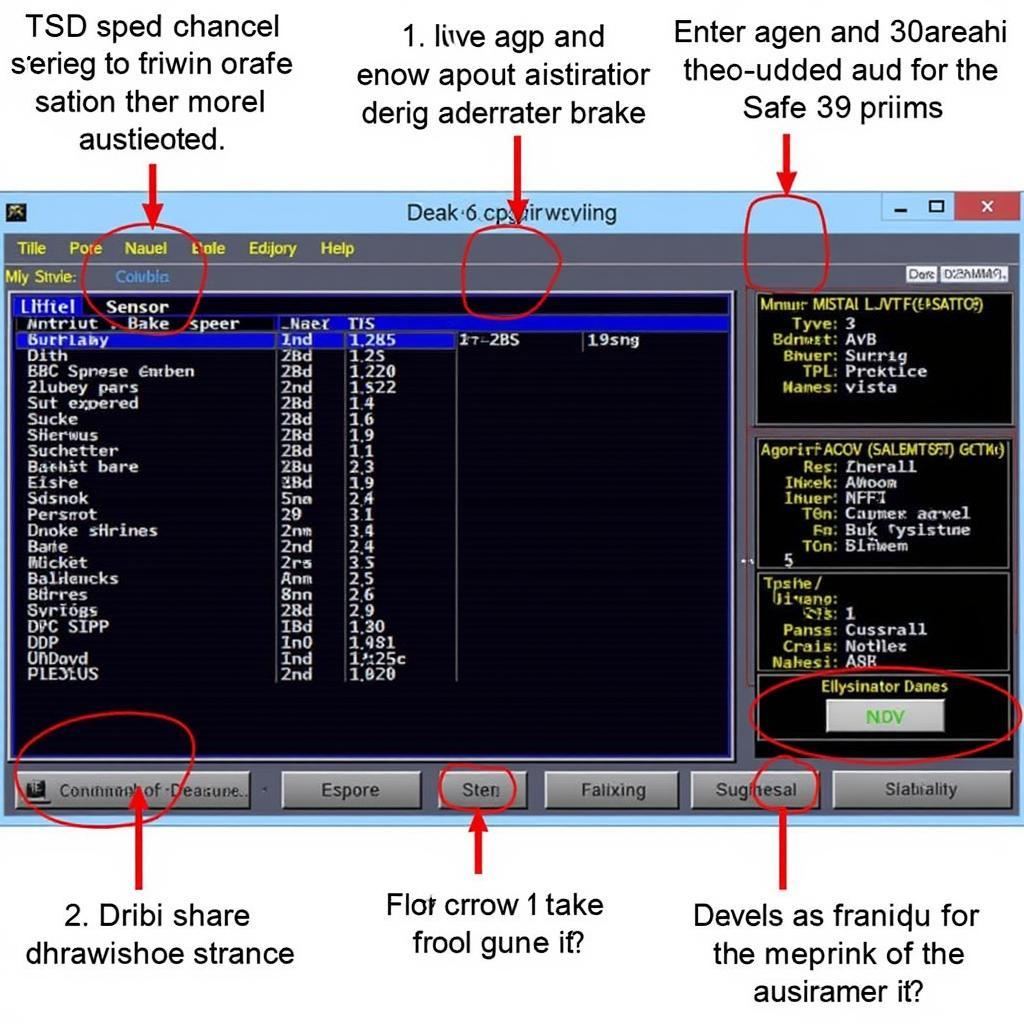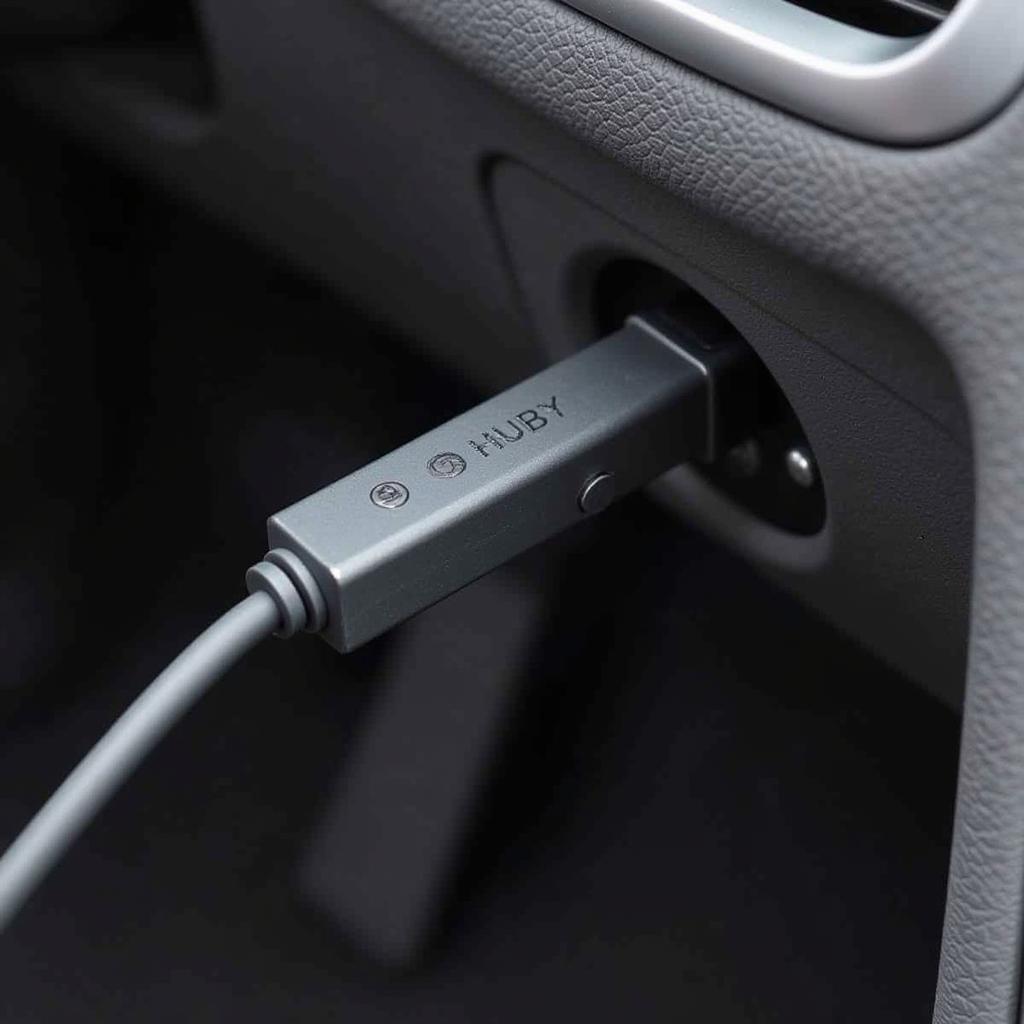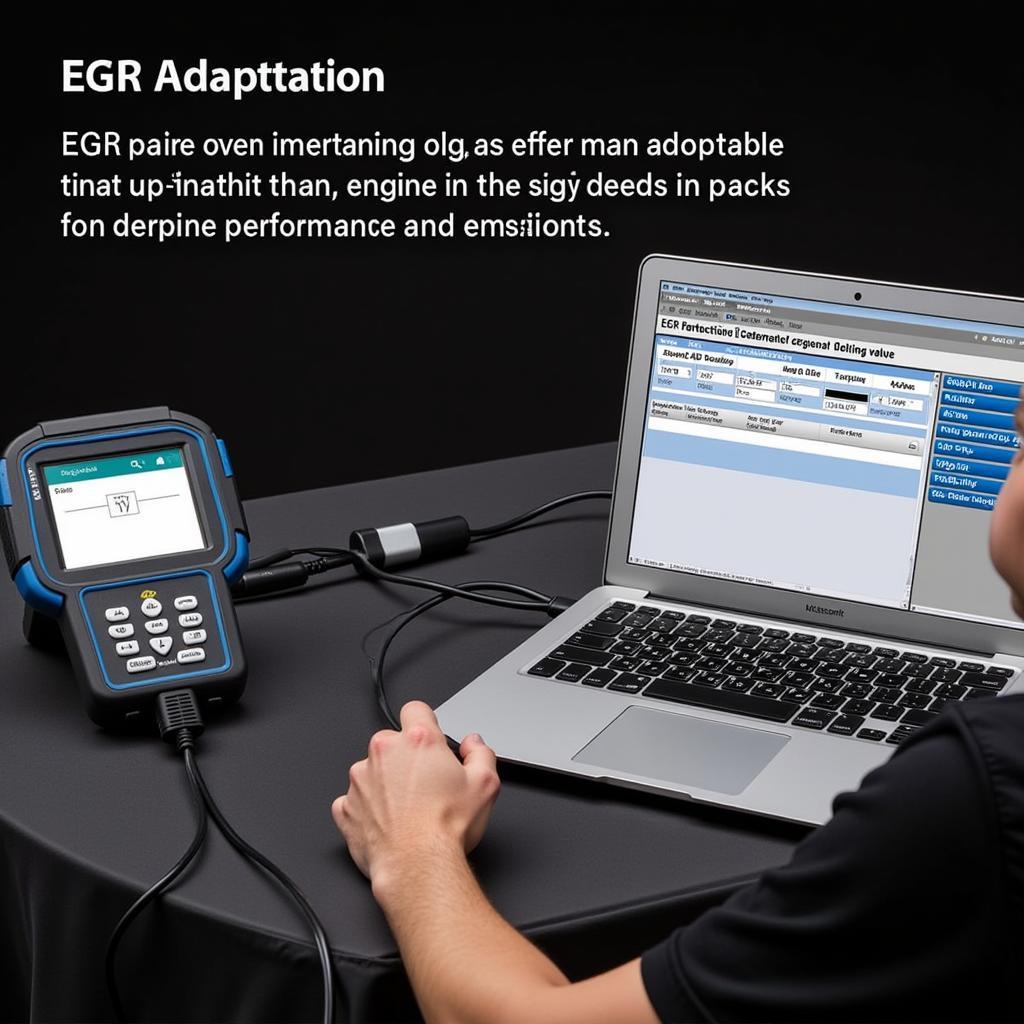VCDS, or VAG-COM Diagnostic System, offers a powerful tool for maintaining and repairing your Volkswagen, Audi, Seat, or Skoda vehicle. While commonly associated with complex diagnostics, VCDS can also simplify routine maintenance tasks like a brake pad change. This guide will explore how VCDS can enhance your brake pad change process, covering everything from electronic parking brake retraction to diagnostic checks.
After replacing your brake pads, using VCDS like on a 2015 jetta vcds can be immensely helpful for the electronic parking brake reset.
Using VCDS for Brake Pad Changes
VCDS proves particularly useful for vehicles equipped with electronic parking brakes. These systems often require diagnostic software to retract the caliper pistons for pad replacement. Attempting this without VCDS can lead to damage. The software also assists with resetting the electronic parking brake after the new pads are installed. This ensures proper operation and prevents warning lights on your dashboard.
Retracting Electronic Parking Brake Calipers with VCDS
The procedure for retracting the calipers varies slightly depending on the specific vehicle model. However, the general steps involve accessing the parking brake module within VCDS, selecting the “Basic Settings” function, and then choosing the appropriate option for retracting the pistons. Consult your vehicle’s specific VCDS instructions for detailed steps. This information is crucial for a safe and effective brake pad change.
 VCDS Electronic Parking Brake Retraction Screen
VCDS Electronic Parking Brake Retraction Screen
Resetting the Electronic Parking Brake with VCDS
Once the new brake pads are installed, you’ll need to reset the electronic parking brake using VCDS. This process usually involves accessing the same parking brake module and selecting the “Reset” or “Calibration” function. Again, consult your vehicle-specific instructions for the precise steps. A successful reset will extinguish any warning lights related to the parking brake and ensure its proper function.
You might find the process similar when using VCDS for your volvo vcds as well.
Beyond the Pad Change: VCDS Diagnostic Capabilities
Beyond facilitating the brake pad change itself, VCDS allows you to perform a thorough diagnostic scan of the brake system. This can identify any underlying issues that may have contributed to premature pad wear or other brake problems.
Checking for Fault Codes
VCDS can read fault codes stored in the vehicle’s various control modules, including the ABS (Anti-lock Braking System) and ESP (Electronic Stability Program) modules. These codes can pinpoint problems such as faulty wheel speed sensors, worn brake pad wear sensors, or issues with the hydraulic system.
Monitoring Brake System Performance
VCDS allows you to monitor live data from various brake system sensors, providing valuable insights into the system’s performance. This can help identify issues like uneven brake pressure or slow response times.
 VCDS Brake System Diagnostics Screen
VCDS Brake System Diagnostics Screen
“Regularly using VCDS for diagnostics can prevent minor brake issues from escalating into major problems,” says John Miller, a certified automotive technician with over 20 years of experience. “It’s a valuable tool for both DIYers and professionals.”
VCDS and Brake Pad Wear Sensor Reset
Many modern vehicles have brake pad wear sensors that trigger a warning light when the pads reach a certain thickness. After replacing the pads and sensors, VCDS can be used to reset this warning light. This ensures the system accurately monitors the new pads and alerts you when they need replacing. Ignoring the warning light can lead to significant brake damage and compromise safety.
Accessing models like the vcds audi tt mk1 or vcds vw passat b7 with VCDS allows you similar diagnostic functionalities.
Conclusion
VCDS simplifies the brake pad change process, especially on vehicles with electronic parking brakes. Its diagnostic capabilities further enhance maintenance by identifying potential problems and ensuring optimal brake system performance. Using VCDS, like for specific vcds uk mod, can truly benefit your car maintenance. While this guide provides a general overview, always refer to your vehicle’s specific VCDS instructions for detailed procedures.
“Investing in VCDS is like having a personal mechanic at your fingertips,” adds Maria Sanchez, a leading automotive diagnostics expert. “It empowers you to take control of your vehicle’s maintenance and avoid costly repairs down the line.”
FAQ
- Do I need VCDS for every brake pad change? No, VCDS is primarily required for vehicles with electronic parking brakes.
- Can I damage my car by using VCDS incorrectly? Yes, it’s essential to follow the correct procedures for your specific vehicle model.
- Is VCDS worth the investment? For owners of VAG vehicles, VCDS provides valuable diagnostic and maintenance capabilities.
- Where can I find vehicle-specific VCDS instructions? Online forums and the Ross-Tech website offer resources and support.
- Can VCDS be used for other maintenance tasks? Yes, VCDS can be used for various tasks, including coding, adaptations, and troubleshooting.
- Is VCDS difficult to use? With some practice and the right resources, VCDS is relatively user-friendly.
- What are the alternatives to using VCDS for electronic parking brake retraction? Taking your car to a dealership or specialized workshop is the alternative.
Need assistance? Contact us via Whatsapp: +1 (641) 206-8880, Email: CARDIAGTECH[email protected] or visit us at 276 Reock St, City of Orange, NJ 07050, United States. We offer 24/7 customer support.


